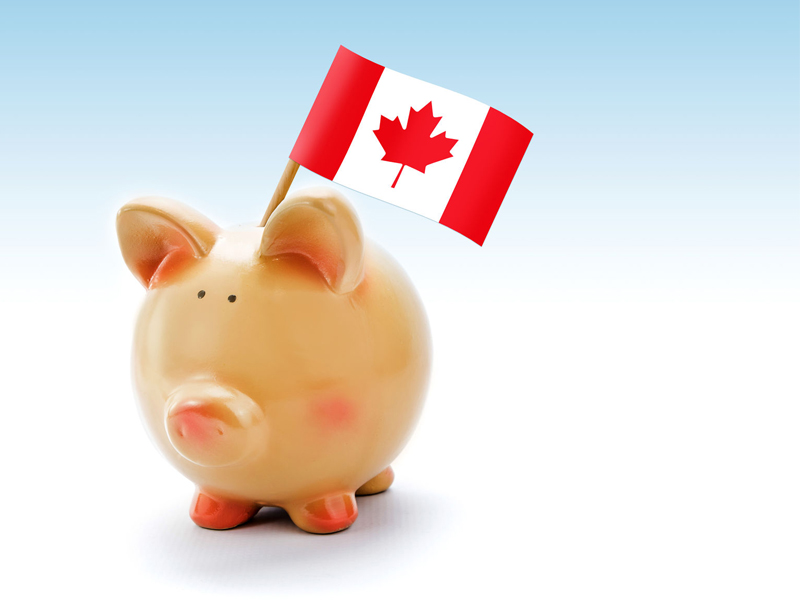
Members of the Bank of Canada’s governing council are mindful of the risks associated with raising rates too much.
The central bank released its summary of deliberations Wednesday, providing insight into its decision to raise interest rates again earlier this month as the economy runs hotter than expected.
The central bank hiked its key interest rate by a quarter of a percentage point, bringing it to 5%, the highest it’s been since 2001.
The summary says the governing council considered whether rate hikes are just taking longer to affect the economy, or whether interest rates have not risen enough to slow the economy and bring inflation down.
“If policy is not restrictive enough to bring inflation to target on a reasonable timetable, there is a risk that rates will have to be increased by even more later. If policy is simply taking longer to work … over-tightening risks making economic conditions more painful than necessary,” the summary says.
Ultimately, they decided that both factors were partly at play, but that cost of waiting too long to raise rates outweighed the benefits.
Canada’s inflation rate has slowed considerably since last summer, reaching 2.8% in June. That’s within the central bank’s target range of 1-3%.
But the Bank of Canada is still concerned about price growth, as a core measure of inflation that strips out volatility remains high.
The central bank is also now expecting the journey back to 2% inflation to take longer than it had previously expected. New projections it released earlier this month show inflation will hover around 3% over the next year, before steadily declining to 2% by mid-2025.
As for future rate decisions, the summary reiterates that the Bank of Canada plans to take decisions one at a time based on incoming economic data.
The central bank’s next interest rate decision is slated for Sept. 6.